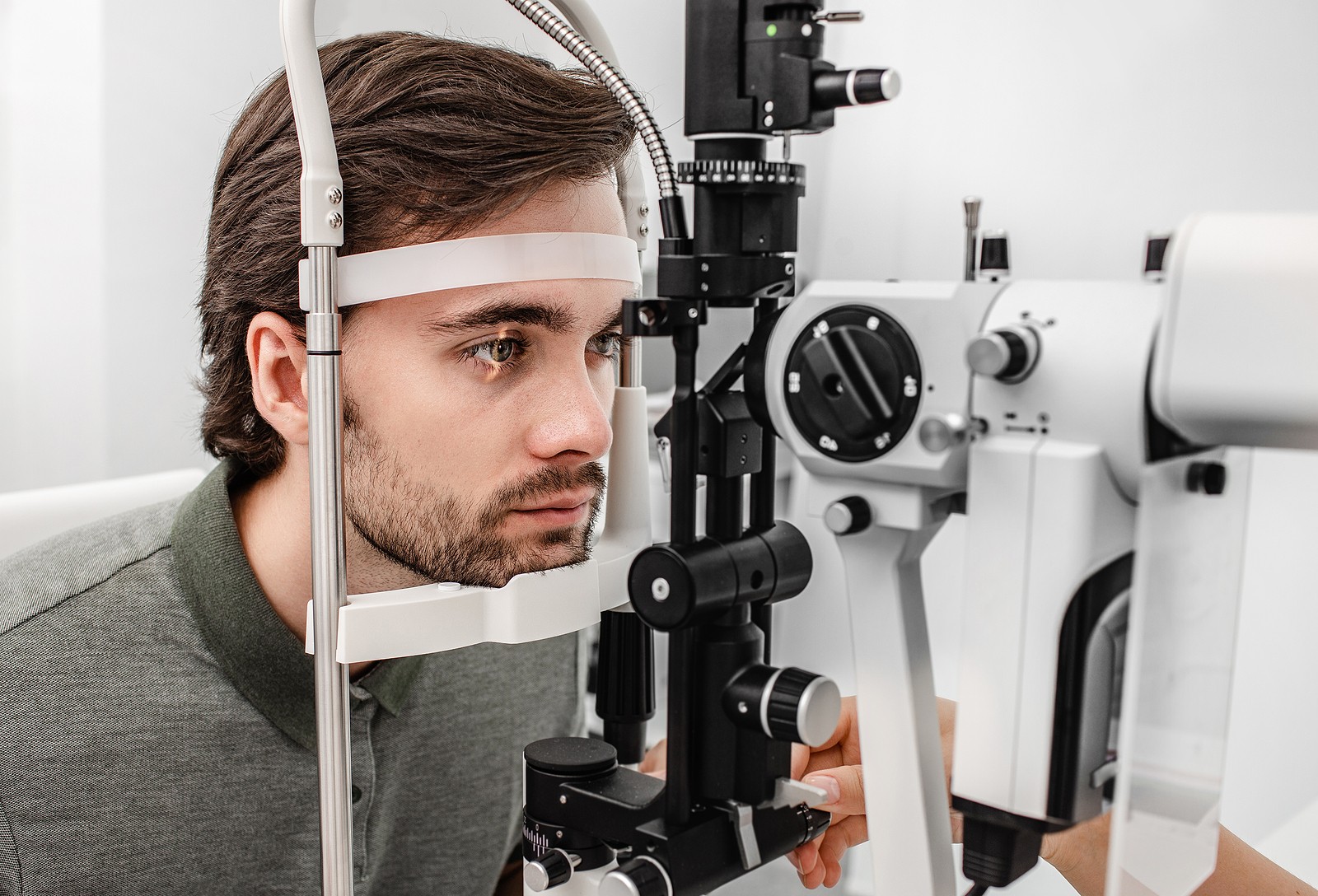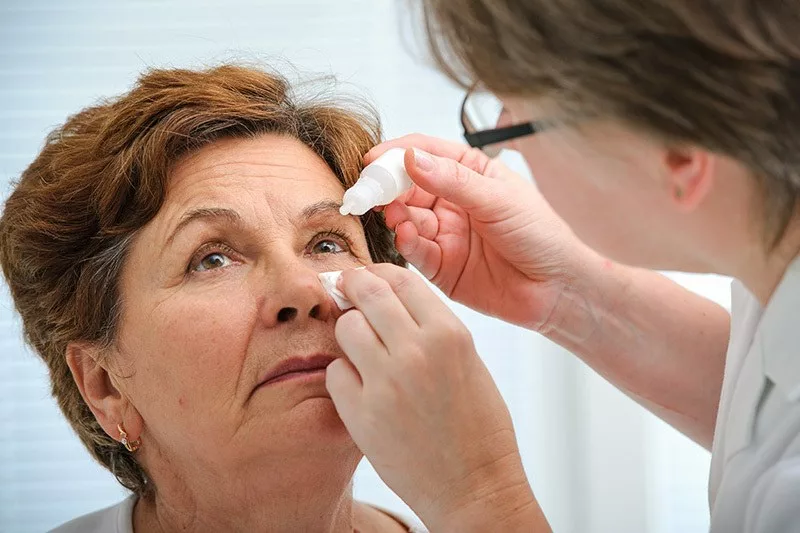Potential Side Effects & Complications of LASIK
Advances in laser technology have made LASIK surgery one of the safest and most effective vision correction treatments currently available. According to the American Association of Professional Eye Care Specialists, less than 5 percent of all LASIK patients will experience post-surgery complications.
As with all surgical procedures, however, LASIK surgery does carry some degree of risk, and patients may experience side effects from the surgery. During a comprehensive consultation at our offices, our physicians perform a number of tests to gain a complete understanding of your eyes and identify any pre-existing conditions. In doing so, they are able to evaluate your candidacy for LASIK surgery and make assessments regarding any possible side effects.
Common Side Effects
Because each set of eyes is unique, the type and severity of side effects (if experienced) will vary from patient to patient. During follow-up appointments, you should alert your eye doctor of any LASIK side effects you are experiencing so that they can be promptly addressed. Issues such as blurriness are to be expected and normally subside in the days immediately after surgery. Other possible side effects may include:
Sensitivity to Light
Sensitivity to light is most common in the first few days after LASIK surgery. It is recommended that patients wear sunglasses while outside, and avoid excessive computer or television use. In addition, keeping the eyes closed as much as possible in the days after surgery is an excellent way to promote quick healing. Many patients find it helpful to go right to bed after LASIK. Starting your recovery in a dark and quiet room can help make you more comfortable.
Halos and Glares
In addition to blurriness, some patients experience halos, glares, and starbursts in their vision after LASIK surgery. These LASIK side effects are most common during the healing process when the corneal flap is not properly adjusted. In addition, they tend to be more prevalent at night, especially if the pupils dilate beyond the area that has been treated with LASIK surgery. For most patients, this is a temporary side effect that goes away as the eye continues healing.
Dry Eye
Changes in the shape of the cornea that occur during LASIK surgery can have an effect on tear production in some patients, leading to an increase in dry eye symptoms. Some of the complications associated with dry eye are redness, itchiness, and blurred vision.
If you exhibit symptoms of dry eye prior to LASIK surgery, it is important to have this condition treated before undergoing the surgical procedure. In most cases, dry eye is a temporary LASIK side effect and can be treated with prescription eye drops. If you find your dry eye symptoms are overwhelming, you can also purchase artificial tears. These help replenish moisture that your eyes are not currently producing on their own. If you’re buying artificial tears, make sure to only buy those that are preservative free. The preservatives found in some artificial tears can actually make your dry eyes even drier.
Infection
Infection of the eye is one of the most common, yet easily treatable, problems associated with LASIK surgery. During your pre-surgery consultation, the surgeon will examine your eyes for signs of infection and prescribe an antibiotic eye drop to be used in the days leading up to your LASIK surgery. It is important for patients with a history of eye infections to disclose this information before undergoing the procedure. In addition, following the post-surgery instructions provided by the surgeon will help reduce the risk of infection. For example, after undergoing LASIK surgery, you should avoid the use of lotions and eye makeup, rubbing the eyes, and certain activities such as swimming.
Flap Wrinkles
If the corneal flap created during LASIK surgery does not heal properly, wrinkles can develop in the outermost layer of the cornea, potentially obstructing a patient’s vision. During the post-surgical appointment, the surgeon will ensure that the flap is healing properly and make any necessary adjustments if wrinkles do occur.
Induced Astigmatism
Irregularities in the cornea after LASIK surgery may lead to the development of astigmatism. This condition results in blurry vision because the retina cannot properly focus light. For some patients, this can be corrected with further treatment; however, other patients may continue to require corrective lenses to see clearly.
Need for Additional Treatment
Although the majority of patients experience 20/40 vision or better after undergoing LASIK surgery, some may require additional treatment to achieve their desired results. In some instances, patients may still need to wear glasses or contacts for certain activities, and may experience diminished nighttime vision.

What Will Happen During My LASIK Consultation?
If you have decided to have LASIK eye surgery performed, you are likely very excited about this literal change…

Common Problems after Cataract Surgery
What are the most common problems after cataract surgery? Cataract surgery is a highly successful and commonly performed procedure…

Will I need reading glasses after LASIK Eye Surgery
LASIK (Laser-Assisted In Situ Keratomileusis) is a popular refractive surgery that can correct nearsightedness, farsightedness, and astigmatism, providing clearer vision…